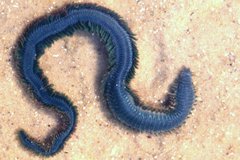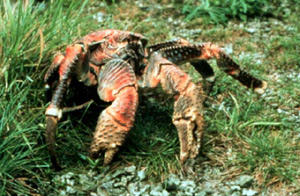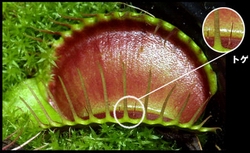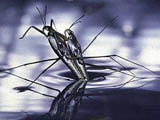Presse // 25. Januar 2005
Energie aus Wasserstoff: Bei Bakterien ein alter Hut
Mikroben in heißen Quellen benutzen das gelöste Gas wie Pflanzen das Licht, um Nährstoffe herzustellen
Einige hitzeliebende Bakterien aus heißen Quellen gewinnen ihre Energie nicht aus Licht, sondern aus Wasserstoff. Die Mikroben vom Typ Aquificales leben in über 70 Grad Celsius heißen Quellen, in denen Photosynthese, die Energiegewinnung aus Sonnenlicht, nicht stattfinden kann. Bisher hielten die Wissenschaftler Schwefel für die alternative Energiequelle der sogenannten thermophilen Bakterien. Amerikanische Forscher haben nun jedoch bei einer Analyse von heißen Quellen im Yellowstone-Nationalpark gezeigt, dass die Bakterien ihre Energie aus Wasserstoff beziehen. Norman Pace und seine Kollegen von der Universität in Boulder berichten über ihre Studie im Fachmagazin PNAS (Online-Vorabveröffentlichung, DOI: 10.1073/pnas.0409574102).











